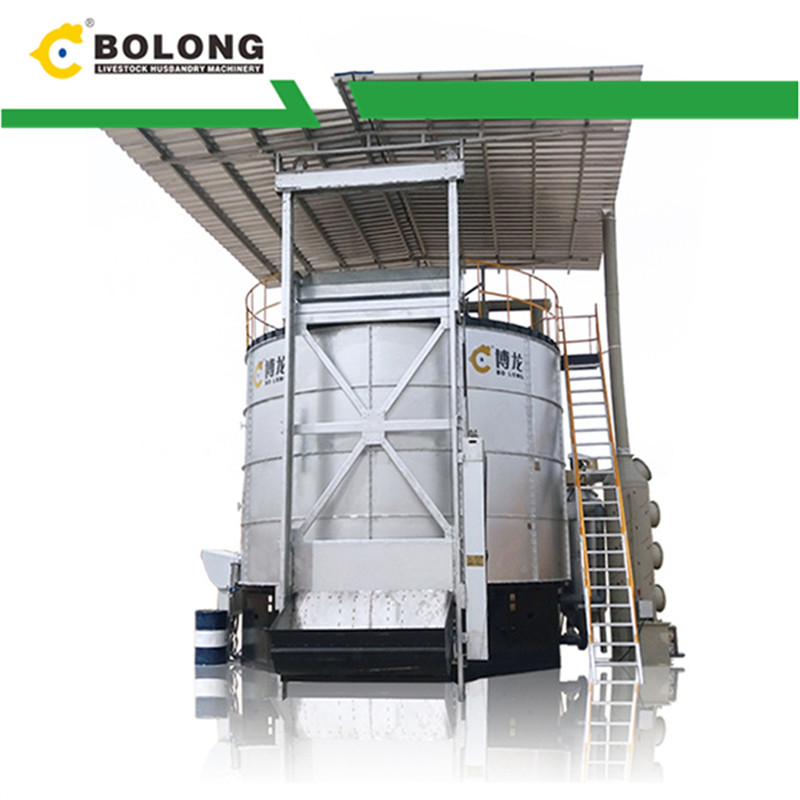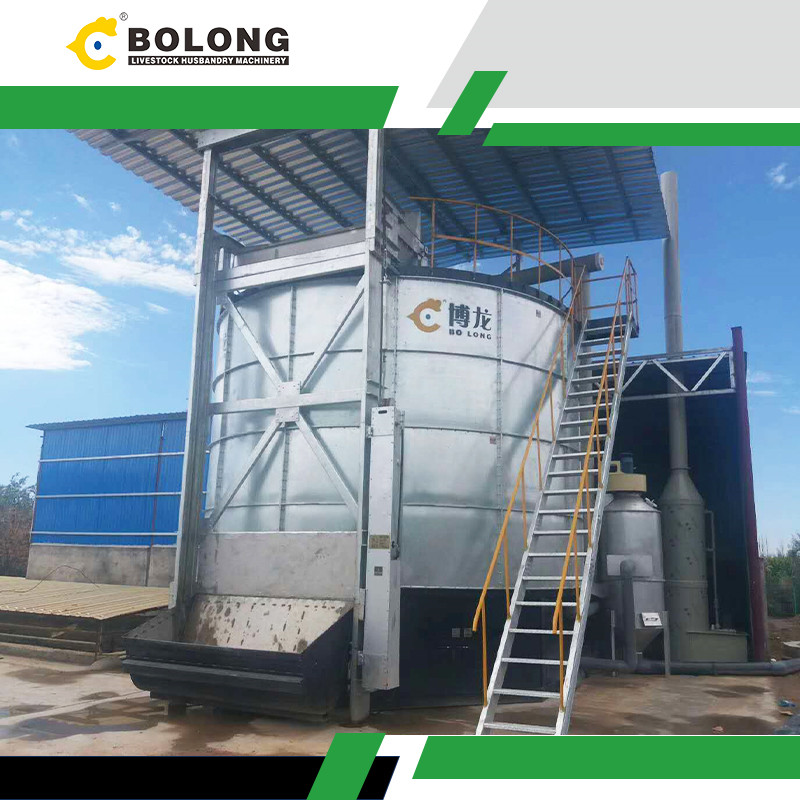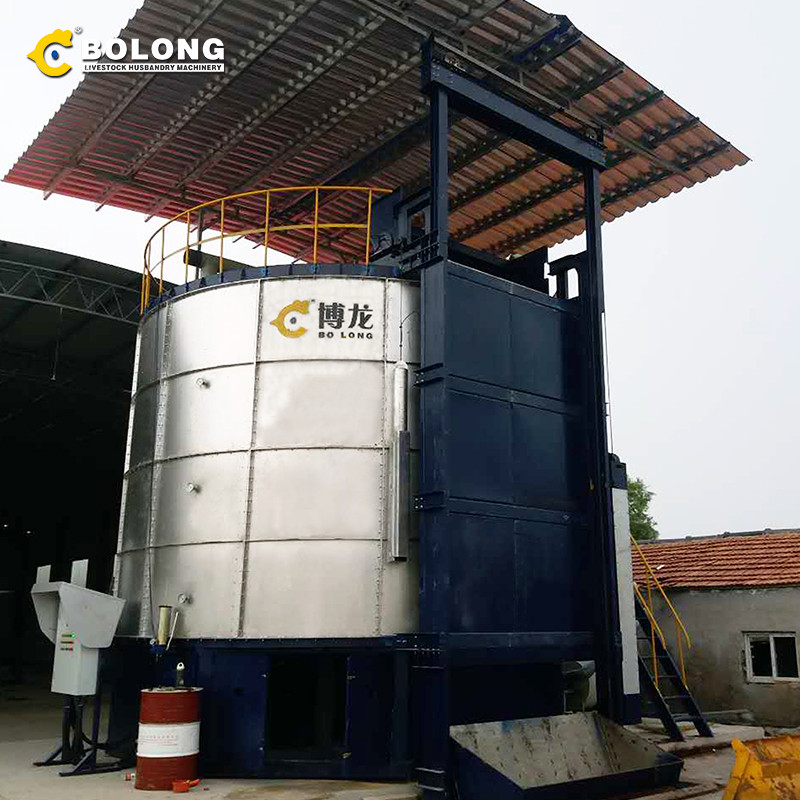2013/11/30/ · The controlled environmental conditions resulted in butyrate being the main metabolite that suppresses lactic acid and propionic acid production in food waste and food processing waste fermentation. When butyrate is the end-product, a theoretical maximum of 2 mol H 2 per mole of glucose is obtained: (2) C 6 H 12 O 6 + 2 H 2 O → CH




